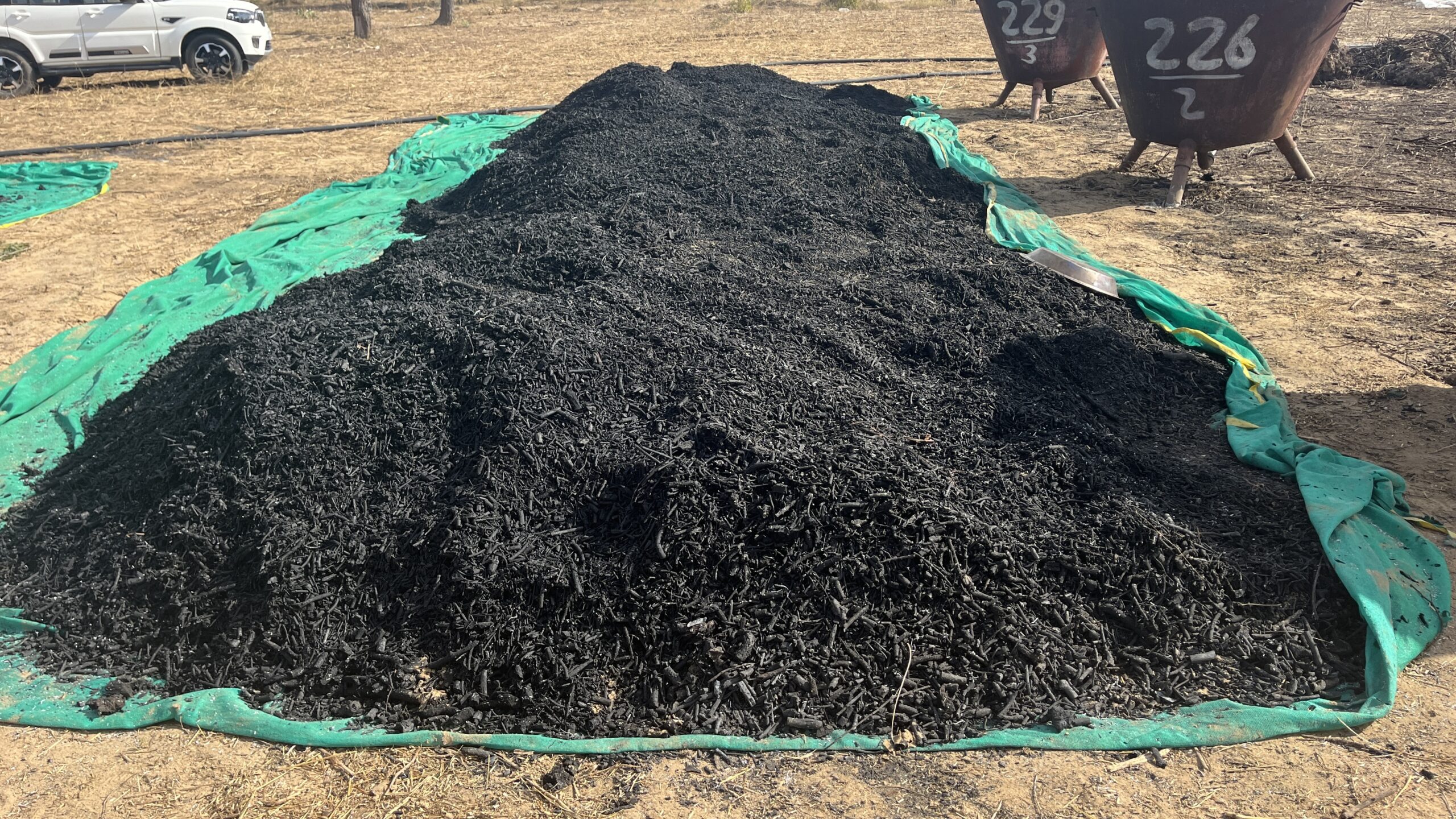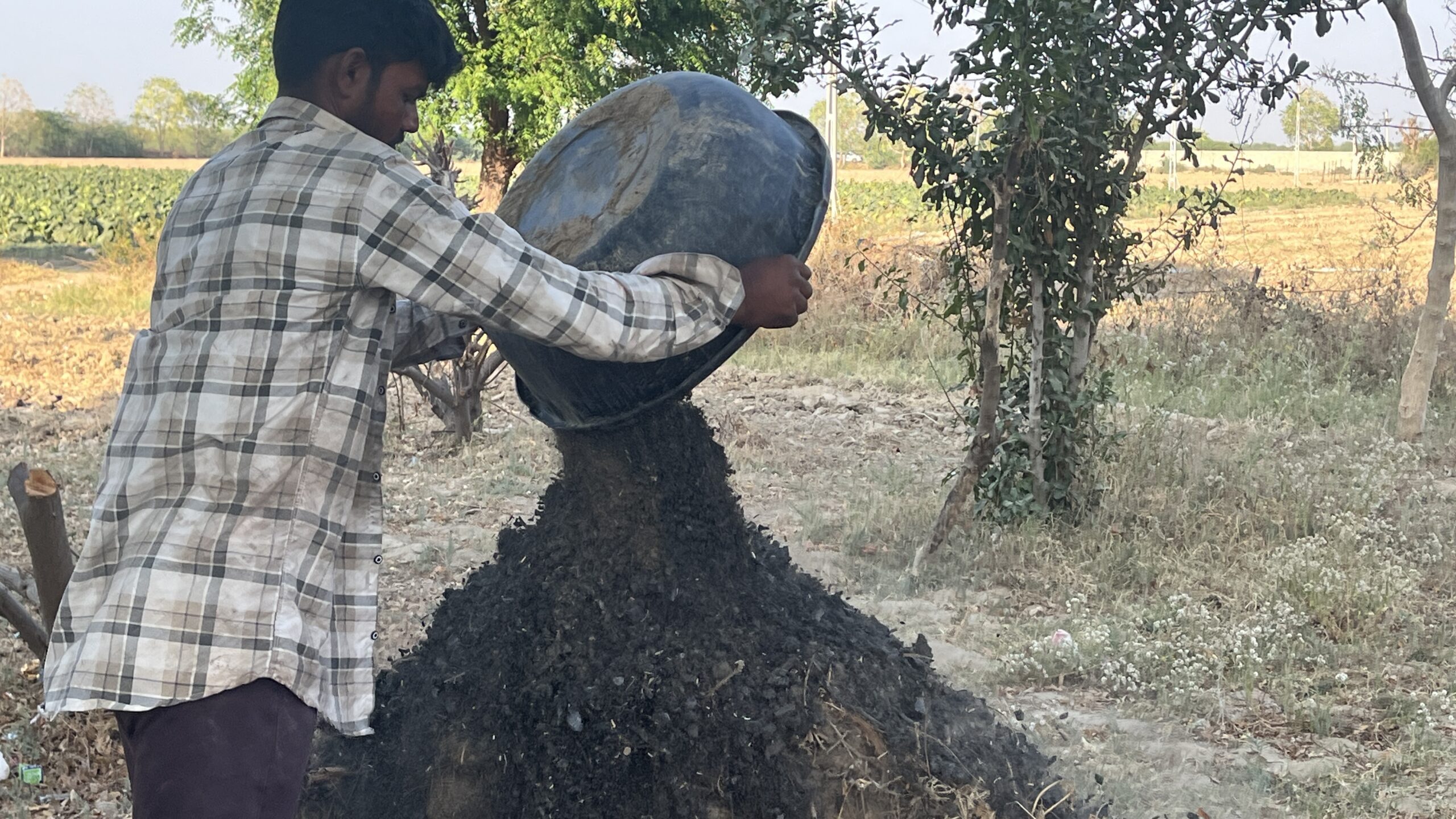Carbon Credits & C-Sink
Carbon Credits & Their Impact
Carbon credits reward eco-friendly practices by letting farmers earn for reducing emissions. These credits promote sustainable agriculture while benefiting both the planet and local communities. Each credit = 1 ton of CO₂ reduced, balancing environmental impact with economic growth.
- Earn income by reducing harmful carbon emissions.
- Improve soil while gaining carbon credit benefits.
- Contribute to climate goals through biochar use.
Extra Income
Sustainable Future
Global Recognition
Emission control
Sequestration & Credits
Biochar and Carbon Credits
Biochar locks carbon in the soil for centuries, reducing emissions. With global certification standards, farmers can earn carbon credits and trade them for extra income.

Soil + Climate Benefit
Improves soil fertility and structure while fighting climate change—offering dual value to both farmers and the planet.

Carbon Sequestration
Biochar captures atmospheric carbon & stores it in the soil, helping reduce global greenhouse gas levels naturally.

Long-Term Impact
Unlike other methods, biochar’s carbon stays locked for hundreds of years, making it a powerful climate solution.
Certification Process
Steps to Earn & Sell Carbon Credits
01
Title 1
Turpis wisi pede tempus assumenda pede quis ultricies dicta ipsa.
02
Title 2
Turpis wisi pede tempus assumenda pede quis ultricies dicta ipsa.
03
Title 3
Turpis wisi pede tempus assumenda pede quis ultricies dicta ipsa.
Answers to Your Most Common Questions
Nurist Bio Carbon produces biochar, a natural soil enhancer made from agricultural waste that improves soil health, boosts yields, and reduces carbon emissions for sustainable farming.
Biochar enhances soil aeration, water retention, and nutrient holding capacity. It supports microbial activity, leading to healthier crops, reduced input costs, and long-term soil fertility.
Absolutely. Biochar is safe and beneficial for all crops including grains, fruits, and vegetables. It adapts well to different soil conditions without harming the environment or plants.
Using biochar reduces carbon emissions, making you eligible for carbon credits. These credits can be traded, offering an extra income stream while supporting environmental sustainability.
No, biochar is easy to apply by mixing it with compost or directly into the soil. It’s a cost-effective, one-time investment with long-lasting positive effects on farms.
Yes, biochar works great for farms of all sizes. Even small-scale farmers see improved yields, soil quality, and carbon credit potential with proper use and guidance.
